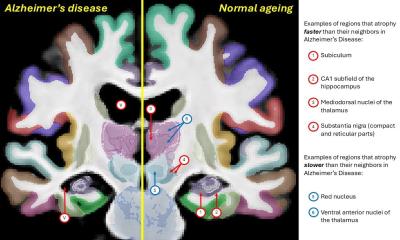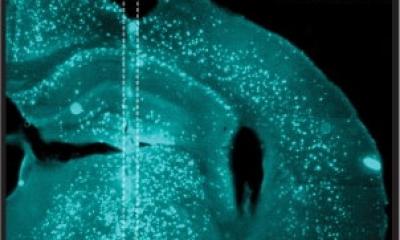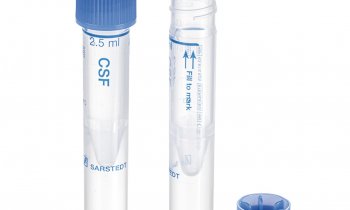News • Neurology
Chemical reactions for understanding Alzheimer's disease
Research teams from TU Darmstadt, British and US universities are focusing on one possible main process that leads to the death of brain cells – chemical reactions between different proteins in the brain and essential metals such as copper and iron – in their investigation of the causes and mechanisms of Alzheimer's disease.

Alzheimer’s disease causes tremendous loss of life years and life quality. Tens of millions of people worldwide have this disease, and this number increases every year.
The physical hallmark of the disease is the formation of small deposits of insoluble protein – known as amyloid – in the brain of patients; however, therapies that stop the formation of these deposits have failed to prevent disease progression. This indicates that these deposits might be a side effect rather than the cause of the disease.
In recent years, it has been suggested that the main process that kills brain cells might involve chemical reactions between certain proteins in the brain and essential metals such as copper and iron.
Professor Dr. Frederik Lermyte from the Department of Chemistry at TU Darmstadt and Scientists from the University of Warwick, Keele University, the University of Texas at San Antonio, and Case Western Reserve University have now used a range of techniques to study this, including mass spectrometry and X-ray microscopy. They found that, in addition to the normal water-soluble forms of these metals, the amyloid deposits in the brain of patients with Alzheimer’s disease contain nanoparticles made of metallic copper and iron, which do not have any known role in human biology.
It is likely that the chemical reactions that result in the formation of these metals create reactive oxygen species that are toxic to brain cells. This potentially provides an important clue about the mechanism of Alzheimer’s disease, and future therapies could be developed to intervene in this process.
The results are published in "Science Advances".
Source: TU Darmstadt
13.06.2021






